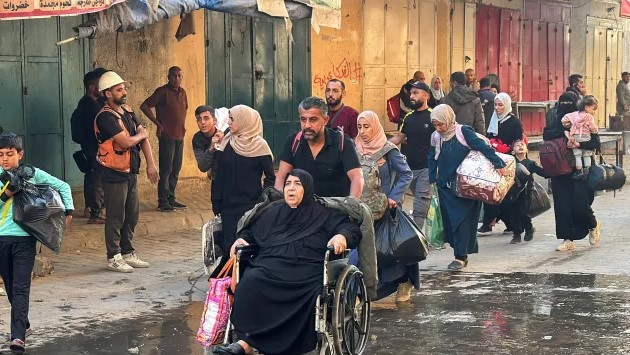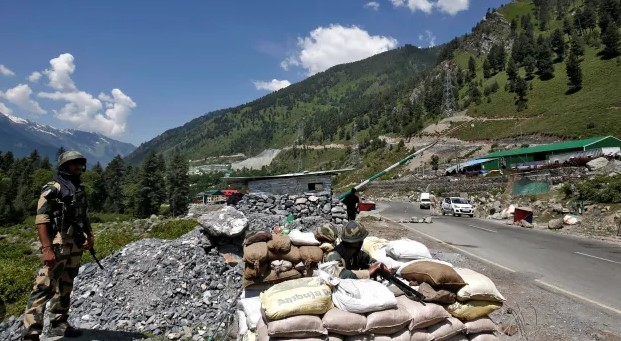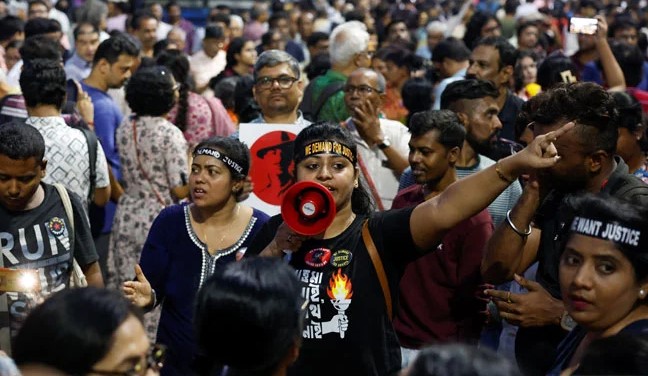WORLD NEWS

A newly released report by the United Nations Development Programme (UNDP) underscores the catastrophic impact of Israel’s ongoing war on Gaza, indicating that key development indicators such as health and education have regressed by nearly 70 years. The report, published on Tuesday, highlights a grim economic reality where millions of Palestinians are now falling deeper into poverty.
Economic Decline
The UNDP's findings reveal that the overall Palestinian economy has contracted by a staggering 35% since the onset of the conflict. This economic downturn has triggered a surge in unemployment, with estimates suggesting that rates could rise to as high as 49.9%. As a result, the poverty rate across the Gaza Strip is projected to nearly double this year to an alarming 74.3%.
Human Development Index
The report further details the expected decline in the Human Development Index (HDI) for Gaza, which is projected to regress to a level associated with 1955. This regression effectively erases over 69 years of progress in key areas of human development. In the occupied West Bank, the HDI is anticipated to reflect a loss of 16 years, with prospects of worsening conditions if Israeli military actions continue.
Alarming Poverty Statistics
Currently, approximately 4.1 million people across the Palestinian territories are classified as impoverished, with an additional 2.61 million people added to this statistic in just the last year. “The state of Palestine is experiencing unprecedented levels of setbacks,” stated Chitose Noguchi, a UNDP representative, from Deir el-Balah in central Gaza.
Infrastructure and Health Risks
UNDP head Achim Steiner emphasized the immense immediate consequences of the war, including widespread infrastructure destruction and loss of livelihoods. He noted that even with humanitarian aid delivered post-conflict, the Palestinian economy will not recover to its pre-crisis levels for at least a decade.
The report also highlights the environmental dangers posed by the conflict, estimating that Israel’s bombing campaign has created 42 million tonnes of rubble in Gaza. The destruction of solar panels raises concerns due to the release of heavy metals like lead, posing serious health risks to the population.
Humanitarian Crisis
In light of the dire situation, the UN agency for Palestinian refugees (UNRWA) has urgently appealed for a pause in fighting in northern Gaza to facilitate the delivery of humanitarian aid. UNRWA chief Philippe Lazzarini reported that agency staff have been unable to locate food, water, or medicine amid the devastation.
“The smell of death is everywhere as bodies are left lying on the roads or under the rubble. Missions to clear the bodies or provide humanitarian assistance are denied,” Lazzarini stated.
The Gaza Government Media Office reported that since the conflict began, Israeli forces have blocked the entry of more than a quarter of a million trucks carrying aid and goods, leaving 96% of the population facing severe food shortages.
According to Gaza’s Ministry of Health, at least 42,718 individuals have been killed and over 100,282 injured due to Israeli attacks since October 7, 2023.
Conclusion
The UNDP’s report paints a grim picture of the current humanitarian crisis in Gaza, highlighting the urgent need for international attention and action to alleviate the suffering of millions. The long-term consequences of the conflict threaten not only the immediate survival of the population but also the future of Palestinian society and its development.




